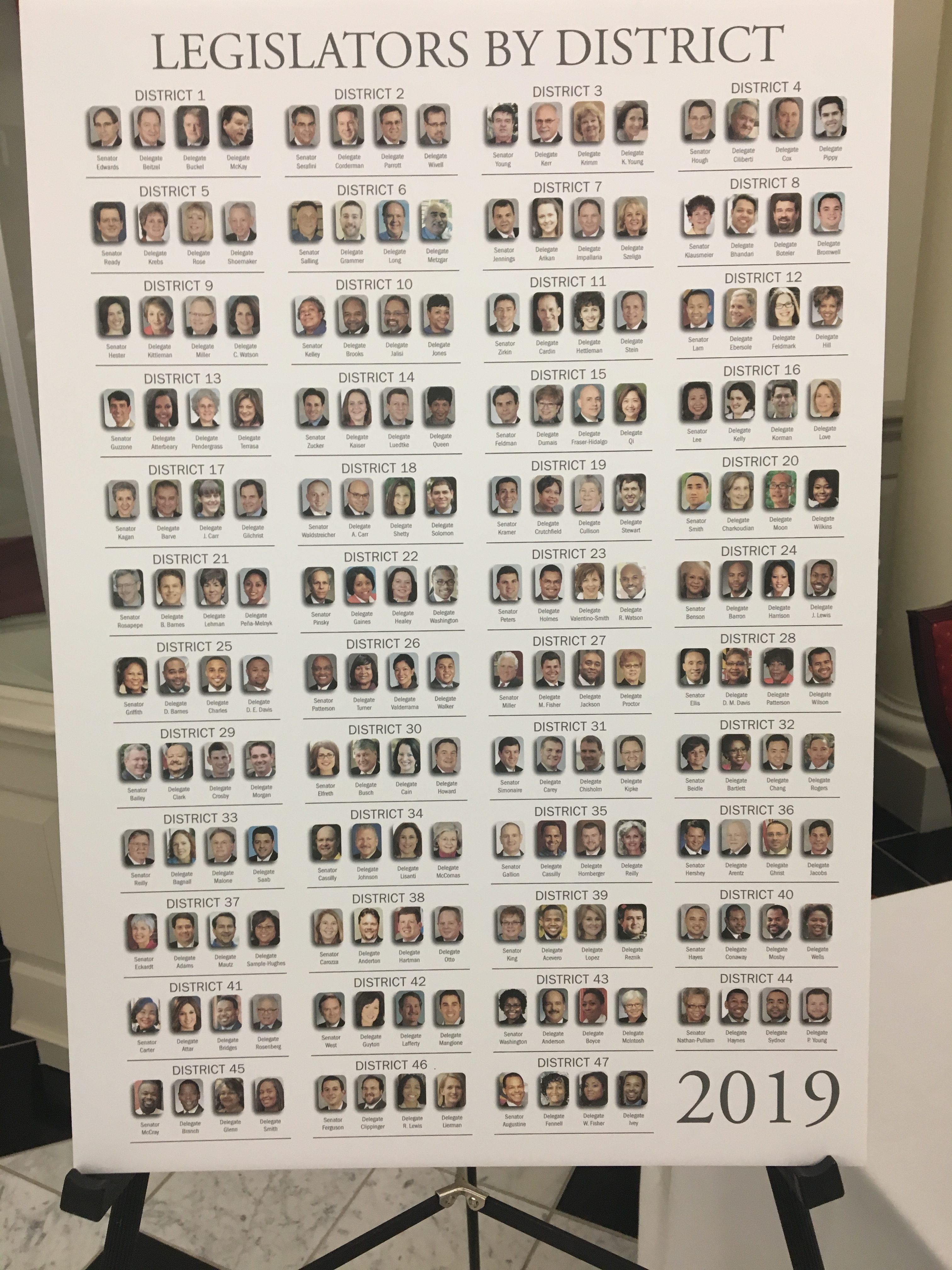By Megan Poinski
Megan@MarylandReporter.com
 The House of Delegates approved $925 million in new debt in its capital budget on Tuesday – but not before several attempts were made to trim the amount that the state was going to borrow.
The House of Delegates approved $925 million in new debt in its capital budget on Tuesday – but not before several attempts were made to trim the amount that the state was going to borrow.
The capital budget is funded through bonds, and the money is spent on infrastructure projects across the state. These projects are extremely diverse, ranging from $240 million in school construction, to $22.6 million on new helicopters for the Maryland State Police, to $50,000 to renovate the Lillie Caroll Jackson Museum at Morgan State University.
“The capital budget represents our hope for the state’s future,” Del. Adrienne Jones, D-Baltimore County, chair of the Capital Budget Subcommittee, said last week. “Each year, this spending plan invests in a blueprint for Maryland for the next decade or more. The choices that we make in next year’s budget show our collective priorities: funding for new schools for the next generation of workers; funding for helicopter replacement to maintain the country’s best healthcare delivery system; and funding for universities to leverage research advancements that could change the world.”
Before the Tuesday evening vote where the House passed the capital budget with a 98-41 vote, Appropriations Committee Chairman Norman Conway urged his colleagues to vote for it — and to vote for Maryland’s future.
“I look at it as the quality of life for which Maryland is noted,” Conway said.
Maryland limits its debt to 8% of revenues, and this year the new debt was capped at $925 million. Jones said that this year’s new debt limit is $215 million less than in 2010, which has allowed the state to retain its AAA bond rating.
However, Republican delegates felt that in today’s economy, $925 million in new debt is too much. Del. Andrew Serafini, R-Washington County, pointed out that the state relies on property tax revenues to pay debt service on bonds, but those funds will soon not be enough to make the payments. Serafini said the Department of Legislative Services had advised that property taxes may need to be increased in order for the funds to keep up with debt service.
Del. John Bohanan, D-St. Mary’s County, a member of the capital budget subcommittee, told Serafini that his concern is not unfounded, but it isn’t a serious concern either.
“In the last 12 years, only six years was it just property tax,” Bohanan said. “The other years, we used money from the general fund to help cover the debt service. …They are not the only funds we use.”
The first amendment offered to the capital budget would have cut the total amount by 5%. Del. Mike McDermott, R-Wicomoco and Worcester counties, who proposed it, said that cutting just 5% across the board would save $45 million in debt, and would be consistent with constituents’ requests for the state to cut its costs.
“This is not leadership. This is wishful thinking,” McDermott said. “You cannot make good fiscal decisions based on wishful thinking.”
The amendment failed with a vote of 42-92.
Del. Joseph Boteler, R-Baltimore County, followed up with another amendment to cut down the total new debt by 3%.
“I believe what we are doing today is putting too much pressure on our taxpayers,” he said.
It failed with a vote of 43-95.
The third amendment to make an across-the-board cut – deleting 1% of the total bonding amount, proposed by Del. Ron George, R-Anne Arundel County, – also failed on a 45-93 vote.
Del. Michael Smigiel, R-Cecli County, also tried to delete $15 million of spending from the bill – all projects for local communities, with $7.5 million awarded by the House and $7.5 million awarded by the Senate. His amendment also failed.




When construction costs are low, as they are now, Maryland should be funding as much capital construction as possible. These projects last for decades and it financially sound policy pay for them over an extended period. When (if) interest rates go up, then the 8% limit will kick in to cut back the total capital construction. It should not be lost on anyone that the capital spending supports jobs in the construction industry, an industry hard hit by the most severe recession since the Great Depression.
Lest I forget, doesn’t Maryland have a stated wage policy for state constructed projects? While some construction costs maybe lower, others have sky-rocketed due to commodity price inflation. These new projects will surely create some jobs but at what cost to MD taxpayers? More taxes to cover higher debts? Only in Maryland are our politicians so out of step with the “little guy” who foots the bill!